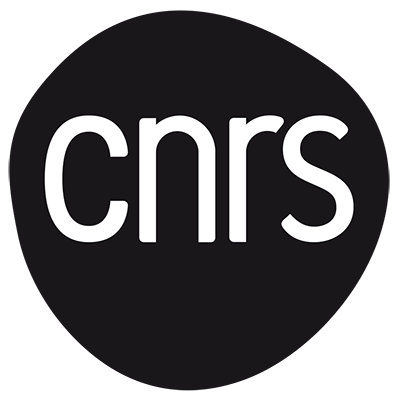ANR WECAN : Romain Bourcier (2022 - 2025)
PI : Romain Bourcier
ANR Jeune Chercheur Jeune Chercheuse
Intracranial aneurysms (ICA), which affect 3.2% of the general population, are defined as acquired hernias of the arterial wall occurring preferentially at arterial bifurcations of the skull base vessels. Unruptured ICA (UIA) usually remains asymptomatic, but if they subsequently rupture there are often severe consequences. ICA occurs in about 10% of cases in a familial context. These familial forms of ICA are defined by at least two first degree relatives affected by ICA. Since 2015, we have developed a national translational research program, aiming to better understand the pathophysiology of ICA. The biobank built as part of the "ICAN" project, funded from 2015 to 2018 by the ANR and the DGOS (ANR-PRTS), now includes more than 3,400 patients with ICA for whom clinical, anatomical (imaging) data are systematically collected, as well as biological samples (DNA, serum) for genetic and functional investigations. Furthermore, the ongoing “UCAN” project (a national grant (PHRC) for a 5 years clinical project) will add more than 1000 patients also extensively phenotyped with UIA longitudinally followed-up during 3 years.The WeCAN project relies on the unique resource worldwide set up by the ICAN and UCAN populations. Our objective is to allow for rupture risk stratification among ICA by redefining the “intracranial aneurysm disease”. Describing particular case subgroups at both genotype and phenotype levels will open the way to improve patient management based on new diagnostic/prognostic strategies among carriers of ICA either in a familial context of ICA but also at the level of population. We will combine the use of advanced imaging processing and deep learning methods applied on both genotype and phenotype information to establish new directions for optimal and personalized management of ICA.
To reach its objective, WeCAN will follow complementary strategies:
First we aim to pursue the development of image processing tools enabling the automatic morphological characterization of the ICA and the vascular bifurcations. This will allow a more subtle, accurate and objective characterization of each patient carrying ruptured or UIA of the WeCAN population.
Then, we will apply whole-exome sequencing to screen for rare coding variants among familial, early-onset, and multiple forms of ICA. In parallel, we will genotype common haplotypes genome-wide to compute polygenic risk scores among the whole WeCAN population.
Last, we will cross multimodal data to build a predictive model of ICA sub-phenotypes and stratify the risk of ICA rupture. Quantitative traits extracted from patient imaging will be cross-analyzed through advanced statistical strategies with the clinical data recorded for each patient as well as with the genotypes generated.
The integration of quantitative characterizations of the cerebral vasculature in ICA rupture prediction model pushes the boundaries of classical case-control studies. Our prediction model will secondarily be validated and tested in a large population. Such a tool of personalized and predictive medicine for a high societal impact disease is of tremendous importance and could be addressed by our translational project ranging from basic research imaging, genetics and artificial intelligence to clinical applications.







